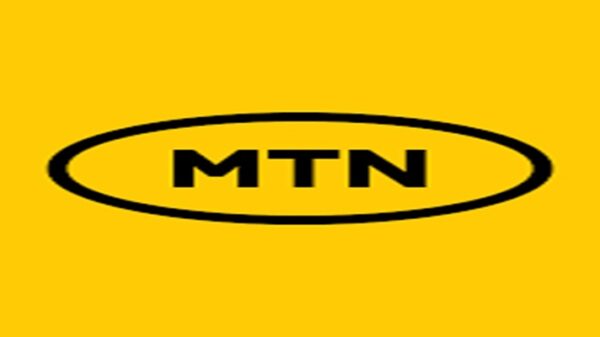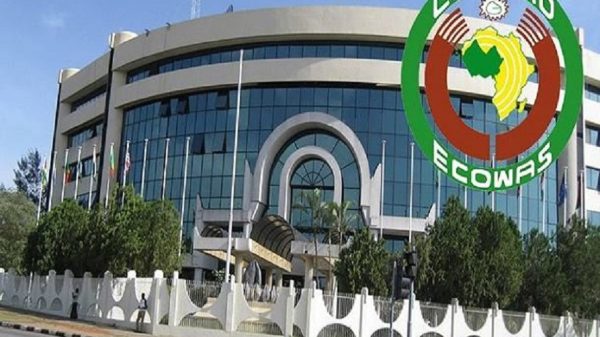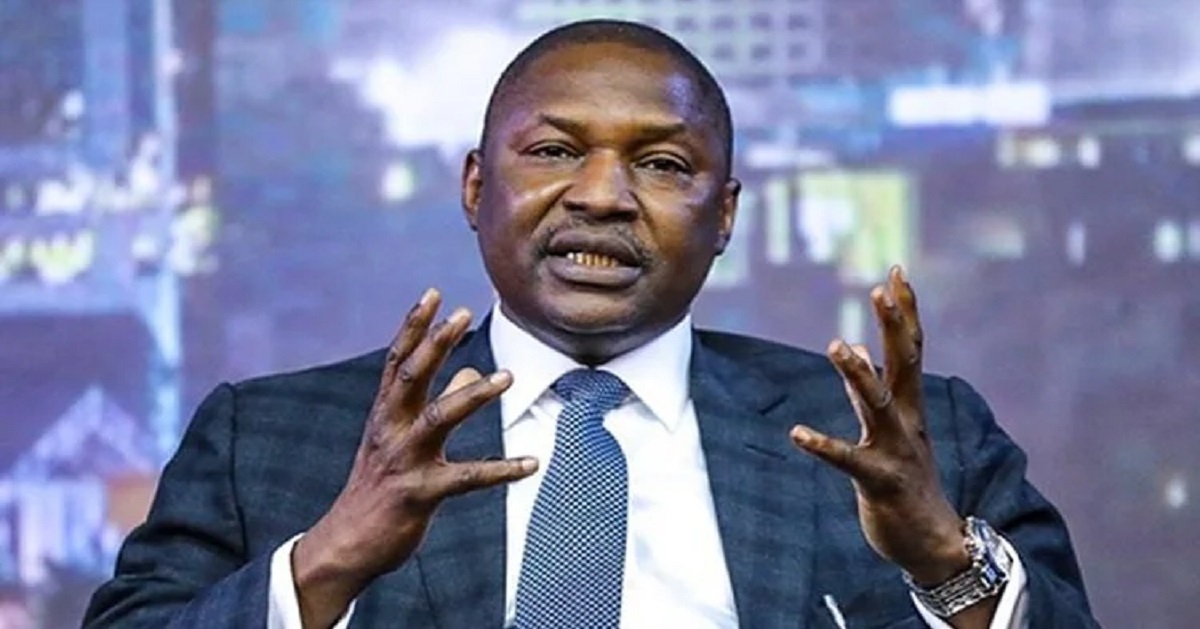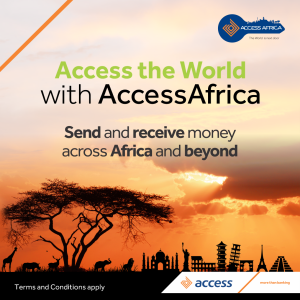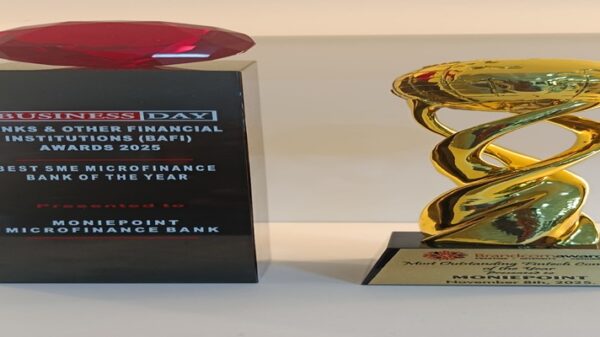Ericsson, a multinational telecommunications company, says 5G will soon become the fastest adopted mobile generation in history.
Ericsson made this known in a statement Wednesday in Lagos, noting that subscriptions were increasing at a rate of about one million per day.
China, North America and the Gulf Cooperation Council markets lead the number of subscribers, while Europe is off to a slow start, according to the report.
He said 5G subscriptions with a 5G-enabled device increased by 70 million in the first quarter of 2021 and is expected to reach 580 million by the end of 2021.
The predictions, which appear in the 20th edition of the Ericsson Mobility Report, reinforce expectations that 5G will become the fastest-adopted mobile generation.
He said around 3.5 billion 5G subscriptions and 60% coverage of the 5G population had been estimated by the end of 2026.
However, the report says the pace of adoption varies considerably from region to region, adding that Europe has had a slower start and has continued to lag far behind China, the United States, Korea, Japan and the Gulf Cooperation Council (GCC) markets into the pace of 5G deployments.
According to the report, 5G is expected to surpass 1 billion subscriptions two years ahead of 4G’s Long Term Evolution (LTE) schedule for the same milestone.
The report says key growth drivers include China’s previous commitment to 5G, the availability and increasing affordability of commercial 5G devices.
He said more than 300 models of 5G smartphones have already been announced or launched commercially.
“This 5G business momentum is expected to continue in the years to come, driven by the increased role of connectivity as a key part of the post-COVID-19 economic recovery.
“Northeast Asia is expected to account for the largest share of 5G subscriptions by 2026, with around 1.4 billion 5G subscriptions.
“While the North American and GCC markets are expected to represent the highest penetration of 5G subscriptions, 5G mobile subscriptions represent 84% and 73% respectively of all regional mobile subscriptions,” he said.
Fredrik Jejdling, Executive Vice President and Head of Networks, Ericsson, said: “This historic twentieth edition of the Ericsson Mobility Report shows that we are in the next phase of 5G.
“With accelerated deployments and expansion of coverage in pioneer markets such as China, the United States and South Korea. “
Jejdling said now is the time for advanced use cases to start to materialize and deliver on the promise of 5G.
He said businesses and corporations are also preparing for a post-pandemic world, with 5G-powered digitization playing a critical role.
The report also points out that smartphones and video driving mobile data traffic continue to grow year on year.
He stated that an exabyte (EB) comprises 1,000,000,000 (1 billion) gigabytes (GB).
The report added that global mobile data traffic – excluding fixed wireless access (FWA) generated traffic – exceeded 49 EB per month at the end of 2020 and is expected to increase fivefold to 237 EB. per month in 2026.
The report says smartphones, which currently carry 95% of that traffic, are also consuming more data than ever before.
He said that globally, average smartphone usage now exceeds 10 GB per month and is expected to reach 35 GB per month by the end of 2026.
According to the report, the COVID-19 pandemic is accelerating digitization and increasing the importance and need for reliable and high-speed mobile broadband connectivity.
He said the latest report showed that nearly nine in ten Communication Service Providers (CSPs)have introduced 5G and also have fixed wireless access (FWA) (4G or 5G) offering, even on high fiber penetration markets.
According to the report, it is necessary to cope with the increase in FWA traffic, which is expected to increase sevenfold to reach 64 EB in 2026. (NAN)
![]()






